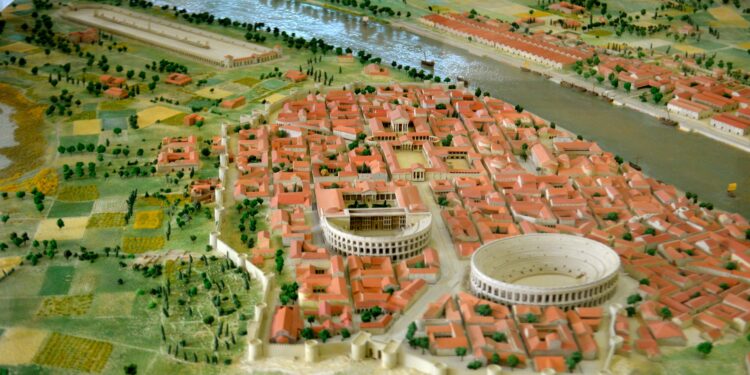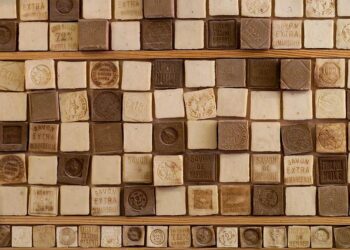Archaeologists have unearthed a remarkably well-preserved ancient Roman settlement in southeastern France, shedding new light on the region’s historical significance during the height of the Roman Empire. The discovery, announced this week by local authorities and excavation teams, includes residential buildings, public spaces, and intricate mosaics, offering unprecedented insights into daily life nearly two millennia ago. This find not only deepens understanding of Roman provincial urbanism but also promises to attract scholarly attention and enhance cultural tourism in the area.
Ancient Roman Settlement Unearthed in Southern France Sheds Light on Early Urban Planning
Archaeologists working in Southern France have uncovered a remarkably well-preserved Roman settlement, offering new insights into urban design during the early Imperial period. The site, located near the Rh√īne River, reveals a sophisticated layout featuring a grid of streets, centralized marketplaces, and public baths-elements indicative of planned civic infrastructure rather than organic growth. This discovery challenges previous assumptions about the spread of Roman urbanism into the Gallic provinces, suggesting a more deliberate and standardized approach to city building from the outset.
Key features identified at the site include:
- Decumanus and Cardo streets: Two main thoroughfares intersecting at right angles, typical of Roman town planning.
- Forum area: Central public space surrounded by administrative and religious buildings.
- Water management systems: Early aqueduct fragments and drainage channels.
| Structure | Purpose | Dimensions (approx.) |
|---|---|---|
| Public Baths | Social and hygienic functions | 30m x 20m |
| Forum | Marketplace and civic gatherings | 40m x 35m |
| Residential Blocks | Housing for residents | 15m x 15m (each) |
Archaeologists Reveal Artifacts Indicating Vibrant Trade and Cultural Exchange
Recent excavations at the newly uncovered Roman settlement have brought to light a trove of artifacts that illustrate a complex network of trade routes and rich cultural interactions along the ancient European landscape. Among the discoveries are pottery shards from North Africa, glassware typical of the Eastern Mediterranean, and intricately crafted jewelry displaying styles reminiscent of Celtic craftsmanship. These finds suggest that the community was not an isolated enclave but a vibrant hub where merchants and artisans from diverse backgrounds converged, exchanged goods, and shared ideas.
The artifacts were catalogued to reveal details about their origin and purpose, underscoring the settlement’s role in regional commerce. Noteworthy items include:
- Amphorae used for transporting olive oil and wine
- Coins minted in multiple Roman provinces
- Textiles dyed with both local and imported pigments
- Tools linked to both agricultural and artisanal activities
| Artifact | Origin | Estimated Date | Significance |
|---|---|---|---|
| Decorated Amphora | North Africa | 1st Century AD | Evidence of Mediterranean trade |
| Glass Beads | Eastern Mediterranean | 2nd Century AD | Indicates cultural exchange |
| Coin Hoard | Various Roman Mints | 3rd Century AD | Shows economic activity |
| Celtic Style Brooch | Local/Regional | 1st-2nd Century AD | Reflects cultural fusion |
Experts Call for Expanded Excavations to Preserve Site and Enhance Historical Understanding
In Retrospect
The discovery of this ancient Roman settlement in France offers an invaluable glimpse into the region’s historical landscape and underscores the enduring legacy of Roman influence in Western Europe. As excavations continue, historians and archaeologists anticipate further insights that will deepen our understanding of daily life, trade, and cultural exchange during the Roman era. This remarkable find not only enriches the archaeological record but also invites renewed interest and exploration into the complexities of ancient civilizations that shaped the modern world.
















